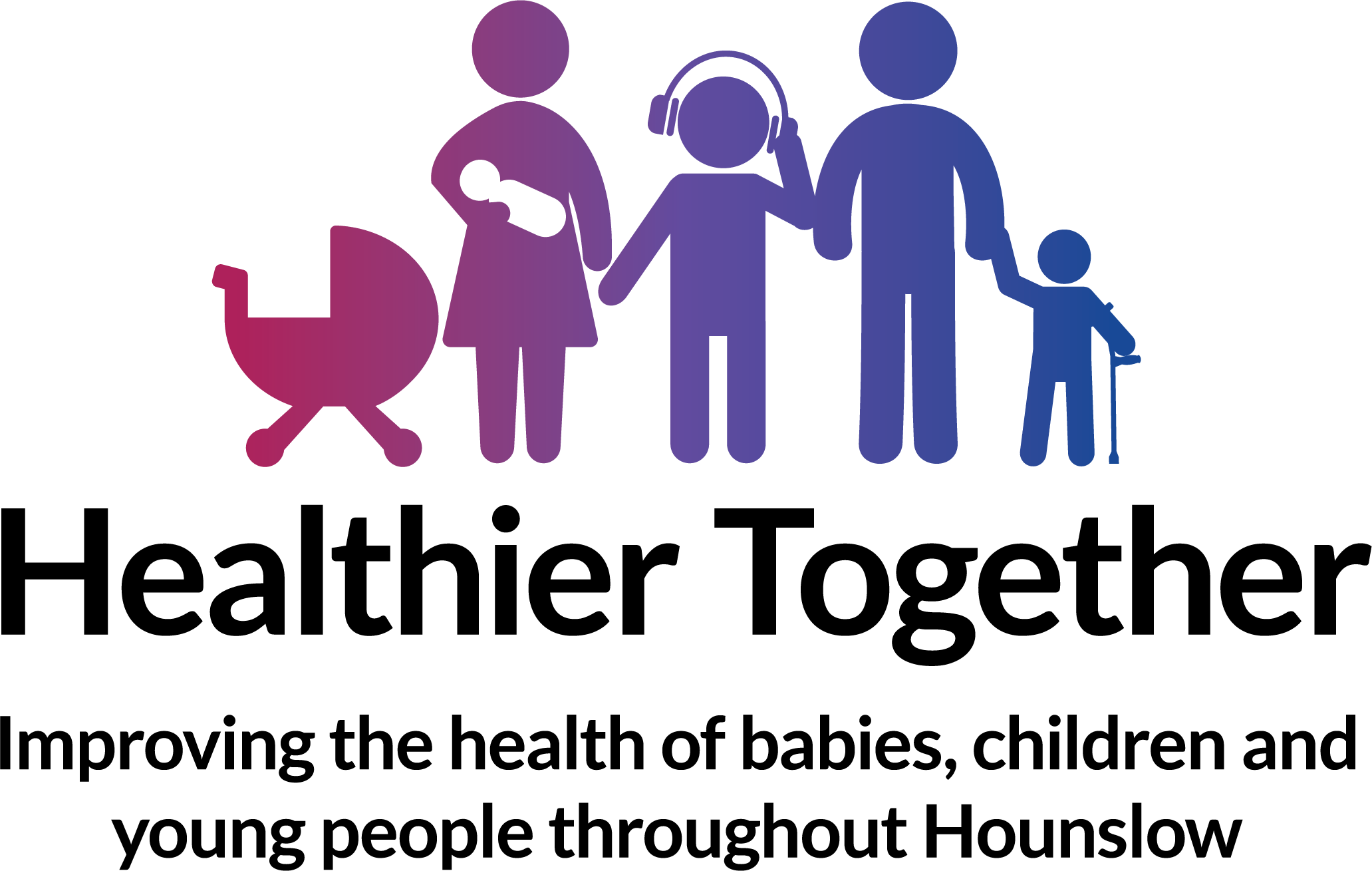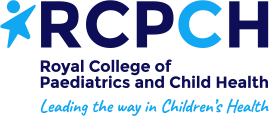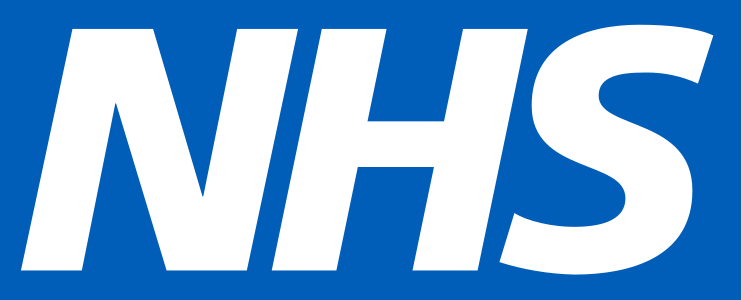All Parents, carers and healthcare professionals should all look for jaundice.
When looking for jaundice (visual inspection):
- Bright, natural light: Examine the baby in a well-lit room, preferably with natural light.
- Areas to check: Pay close attention to the sclera (whites of the eyes), gums, and blanched skin (skin that turns pale when pressed).
-
Important to also check the baby's nappies for dark urine or pale chalky stools. Urine that is persistently yellow and which stains the nappy and stools that are persistently pale in colour may indicate that there is a problem.
- When to be concerned: Jaundice appearing in the first 24 hours or worsening jaundice warrants immediate medical attention.
-
Consider skin tone: Jaundice can be harder to detect in babies with darker skin tones. in addition to the whites of the eyes and gums other options include checking for yellowing on the palms of the hands or the soles of the feet, which could be easier to see in babies with darker skin tones. Urine that is persistently yellow and which stains the nappy and stools that are persistently pale in colour may indicate that there is a problem.
- Not a definitive test: Visual inspection alone is not enough to determine the severity of jaundice. It is a starting point, and further testing (like bilirubin level checks) is usually needed.
- Seek professional help: If you suspect your baby has jaundice, consult a doctor or midwife promptly.
- Follow-up: If jaundice is diagnosed, follow your healthcare provider's instructions for monitoring and treatment.
While visual inspection is a useful first step in checking for jaundice, it's important to be aware of its limitations and to seek professional medical advice if you suspect your baby has jaundice. Bilirubin level checks are essential for accurate diagnosis and treatment.


